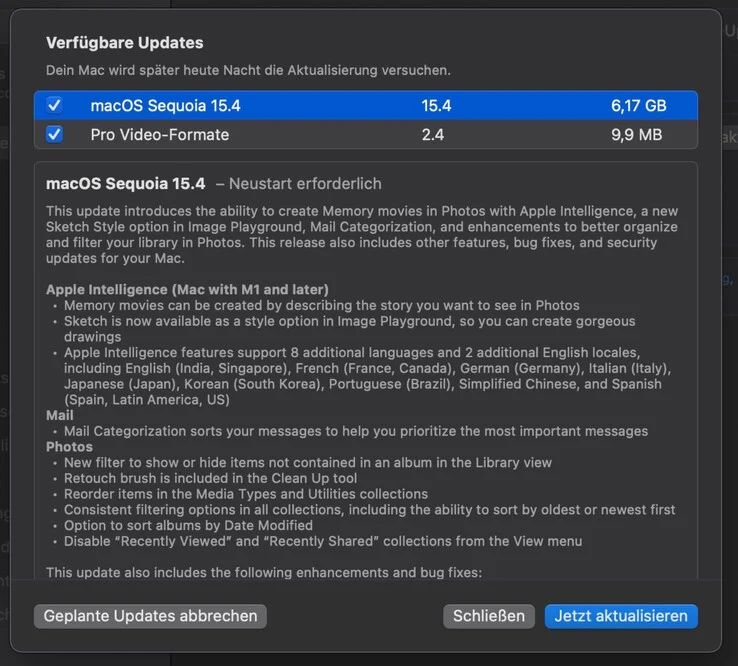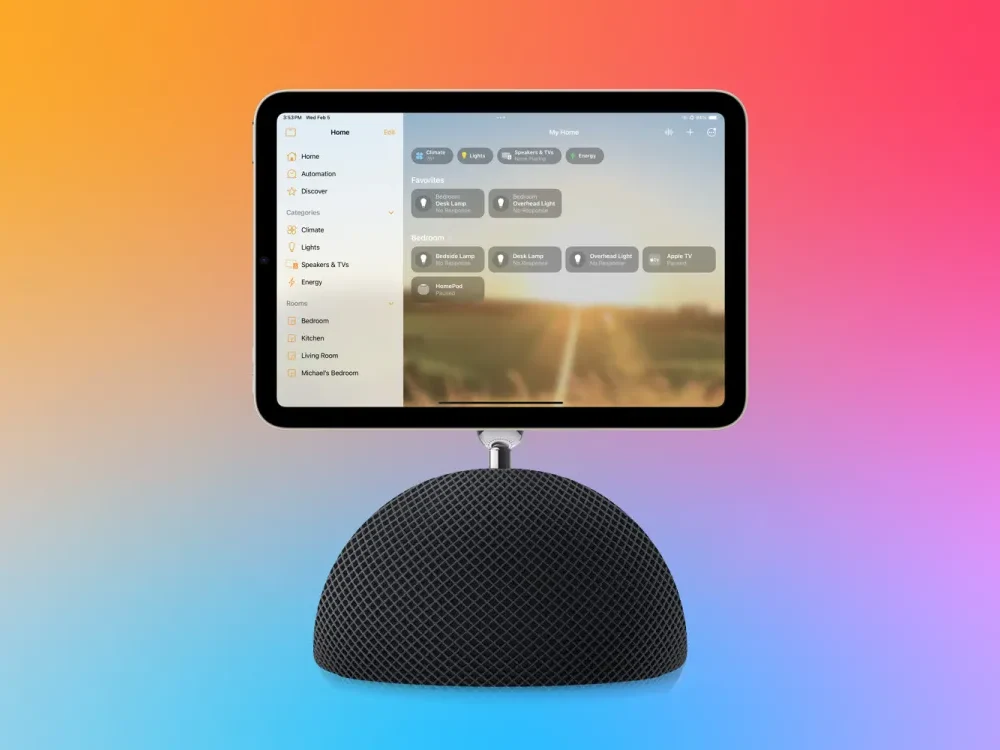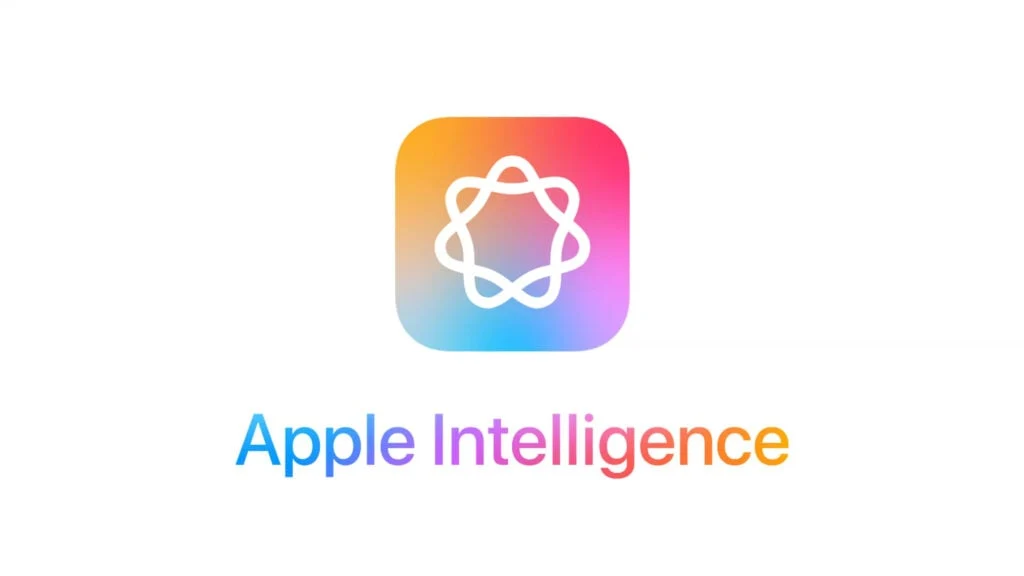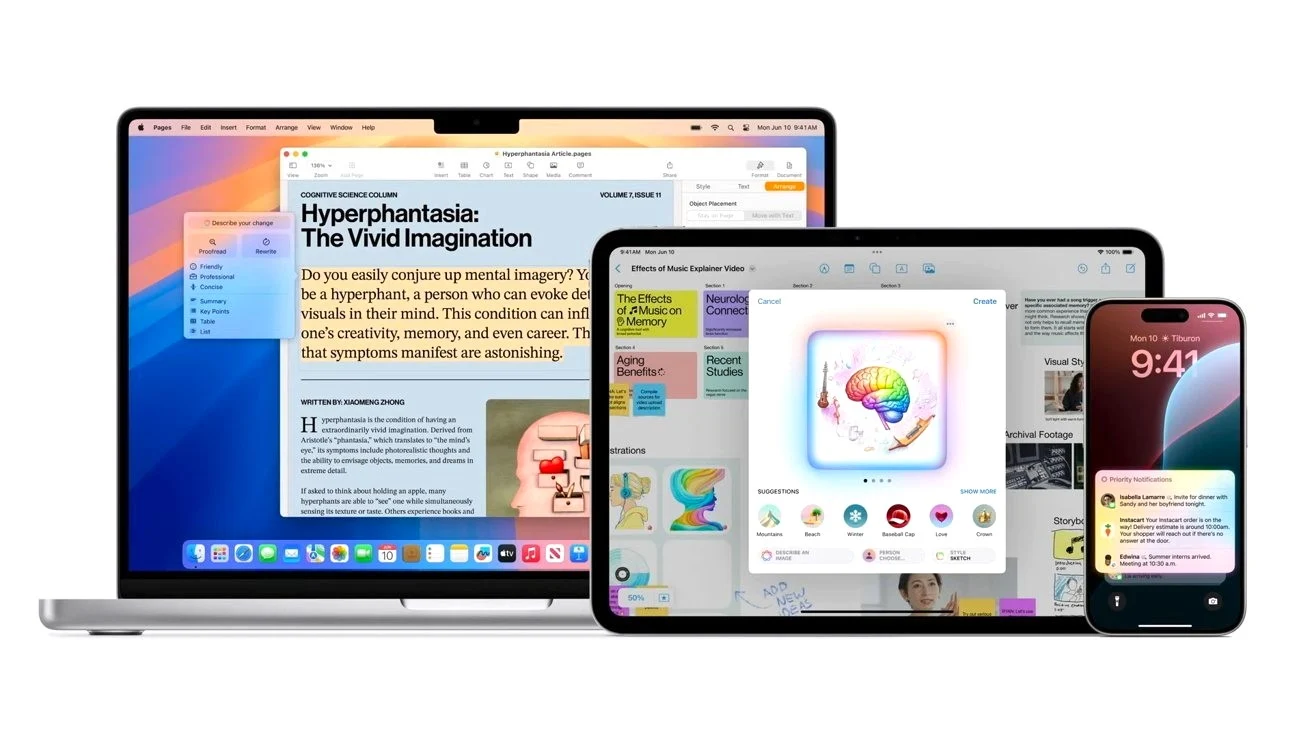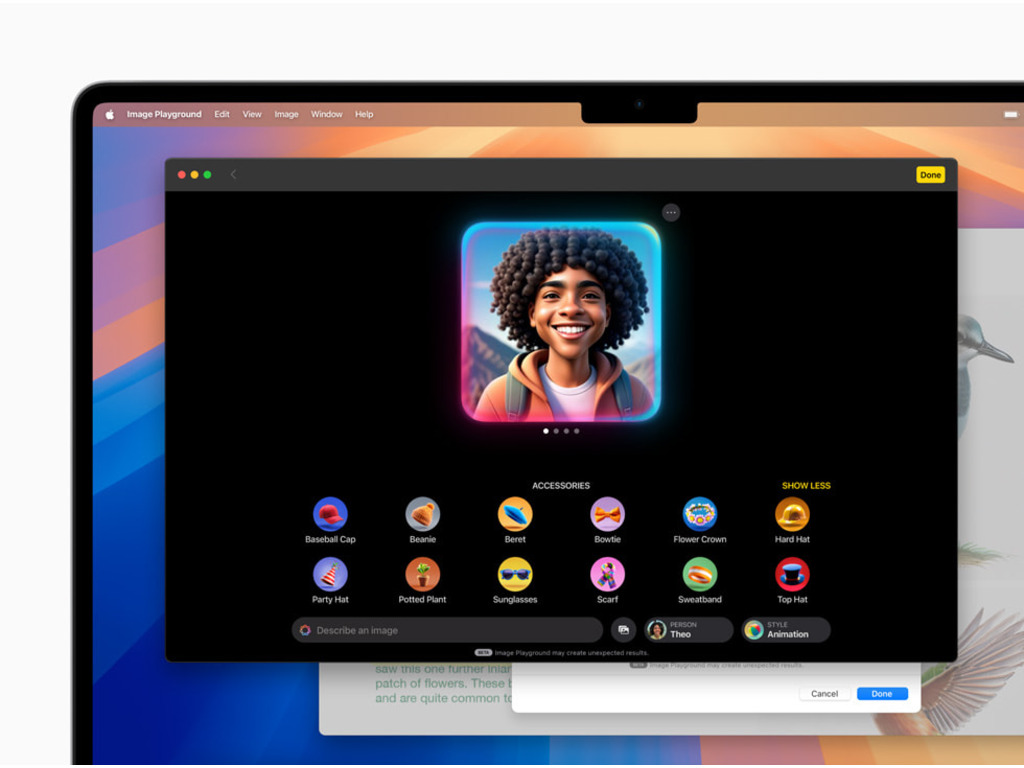Key Takeaways
1. macOS 15.4 launched with iOS 18.4, allowing Apple Intelligence use in select languages without changing system language.
2. New AI features include creating reminder videos in Photos and improved email identification in the Mail app.
3. Photos app enhancements include better organization, hiding options, and a more accurate retouching brush.
4. Users can control Matter-compatible devices through the Home app, and a new Podcasts widget has been added.
5. The update includes various bug fixes and security updates, with some features not available in all regions or on all devices.
Coinciding with the launch of iOS 18.4, Apple has simultaneously rolled out macOS 15.4. This operating system update, which is around 6.2 GB in size, now permits Mac users in select languages, including German, to utilize Apple Intelligence without needing to change their system language to English. The AI capabilities from Apple are now capable of creating emojis and images, as well as summarizing and rephrasing text, among other features.
New Features and Improvements
Apple Intelligence is now accessible on all Macs equipped with an Apple M1 chip or newer, right up to the latest MacBook Air featuring Apple M4. The update brings forth several new AI functionalities, such as the ability to produce reminder videos in the Photos application based on user descriptions. Furthermore, the Mail app has received a revamped design that mirrors the Mail app on iPhones. AI can now help identify and highlight important emails.
Enhancements in Photos and Home App
Additionally, the update introduces fresh options for organizing and hiding photos in the Photos app, along with a retouching brush that provides more accuracy when using Apple’s AI eraser. Users can now control Matter-compatible robot vacuums directly through the Home app. A new Podcasts widget has also been added, and the performance of Final Cut Pro has been enhanced on the new Mac Studio featuring Apple M3 Ultra.
This update allows users to create Memory movies in the Photos app utilizing Apple Intelligence, introduces a new Sketch Style feature in Image Playground, and brings Mail Categorization. It also enhances the organization and filtering capabilities within the Photos library. Alongside these additions, the release contains various other features, bug fixes, and security updates for your Mac.
Important Notes and Security Information
Apple Intelligence is available for Macs with M1 and later versions, while the Mail and Photos features have been improved significantly.
This update also includes several enhancements and repairs:
Some features might not be accessible in all regions or on every Apple device.
Source:
Link

